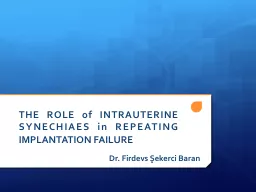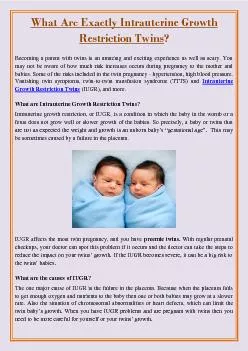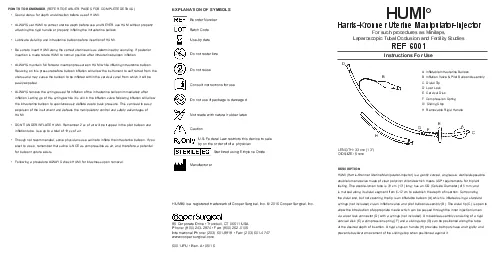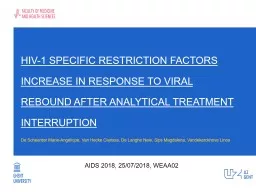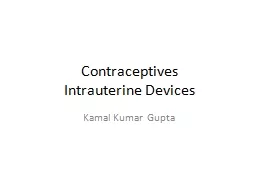PPT-Intrauterine Growth Restriction
Author : tatiana-dople | Published Date : 2016-11-08
Eric H Dellinger MD Greenville Hospital System IUGR Introduction IUGR 2nd leading contributor to PNM rate PNM rate increased 610 fold PNM rate 81000 background 1201000
Presentation Embed Code
Download Presentation
Download Presentation The PPT/PDF document "Intrauterine Growth Restriction" is the property of its rightful owner. Permission is granted to download and print the materials on this website for personal, non-commercial use only, and to display it on your personal computer provided you do not modify the materials and that you retain all copyright notices contained in the materials. By downloading content from our website, you accept the terms of this agreement.
Intrauterine Growth Restriction: Transcript
Download Rules Of Document
"Intrauterine Growth Restriction"The content belongs to its owner. You may download and print it for personal use, without modification, and keep all copyright notices. By downloading, you agree to these terms.
Related Documents



